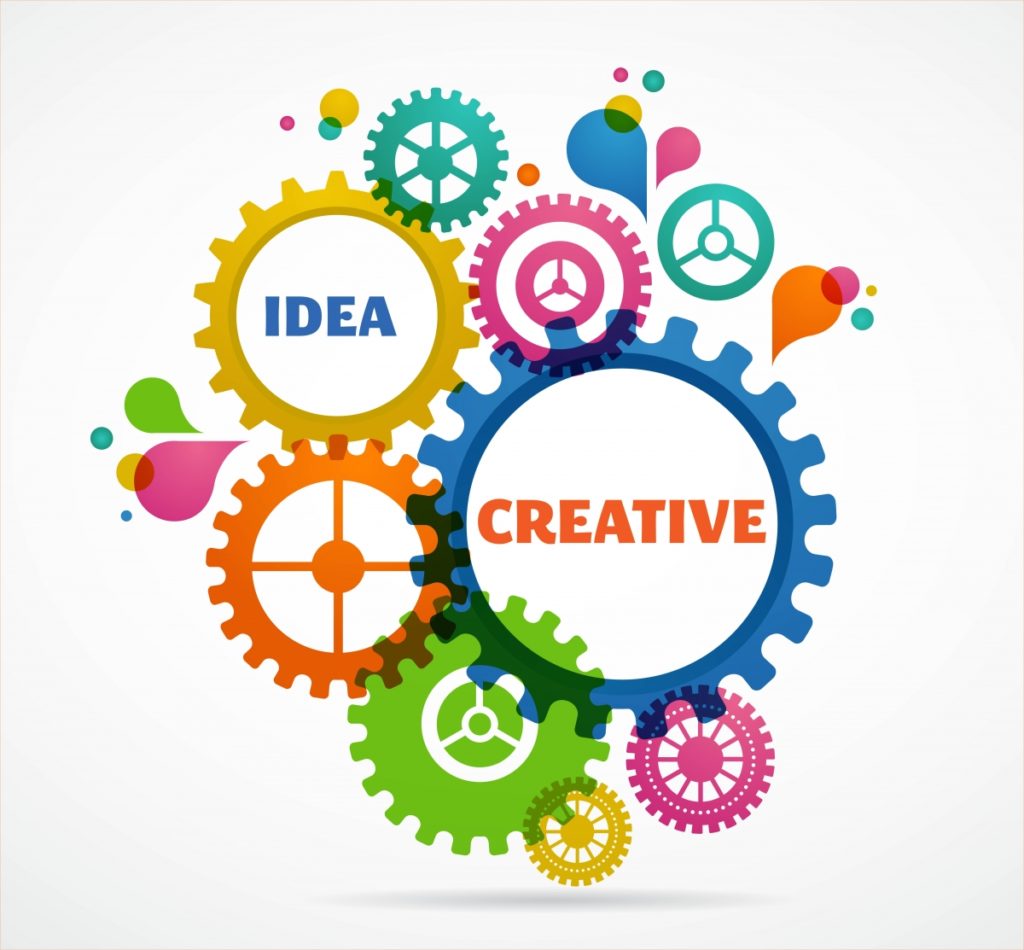At its core, a portfolio is a visual experience that allows designers to present their best work in a way that appeals to potential clients, nature, workplace or partners.
In this dynamic design world dominated by innovation and creativity, a person's portfolio is primarily a testament to their intelligence, vision and drive.

This is not just a collection of projects; but it is an expression that describes the wisdom and style of man. From graphic designers to architects, interior designers to web developers, a good archive is an important tool that opens the table of time and demonstrates a special skill. At its core, a portfolio is a visual experience that allows designers to present their best work in a way that appeals to potential clients, nature, workplace or partners.
This is the first impression, the first view of the world of design and innovation. Therefore, the importance of data collection cannot be overstated. First of all, a portfolio is the expression of expertise. Designers are here to demonstrate their expertise in a variety of design tools, processes and environments. Whether it's professional software like Adobe Creative Suite or presentation graphics, testimonials provide tangible evidence of a person's abilities. In addition, evidence also shows the individual's opinion and taste in beauty. This is an opportunity to show not only what one can do, but also how one thinks and solves problems. Each project in the portfolio tells a story of inspiration, discovery and success. It is a reflection of the designer's mind, his thought process, and his ability to transform ideas into tangible creations.
In addition, portfolios can serve as a platform for self-expression and branding. This is where designers define their unique personalities, aesthetic preferences, and design ideas. Whether minimalist designs, bold and vibrant visuals, or elegant and sophisticated layouts, portfolios showcase the designer's brand identity and set them apart in a competitive environment.

However, along with the delivery of skills and creativity, information storage plays an important role in communication and professional development. This can be a conversation starter and a way to engage with potential contacts, partners or employers. A well-designed document not only attracts attention, but also creates trust and confidence, assuring stakeholders that they are entrusting their business to professionals.
Also, the database is a living document that is updated with the designer. As a person gains experience, acquires new skills, and undertakes different tasks, knowledge grows and changes accordingly. It shows the designer's growth and development as a designer; It shows a willingness to learn, experiment, and push boundaries. At its core, a portfolio is more than a collection of projects; It shows a person's journey, passion and dedication to the craft. Expressing talent, creativity and identity is a powerful tool to open doors to opportunities and careers. In a world where communication is important, a well-prepared portfolio is the key to success in the dynamic and competitive design world.


